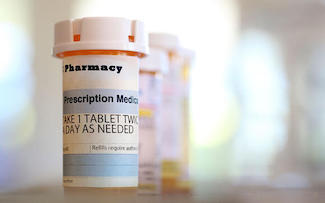 Uncle Sam has made some progress in reducing cancer drug shortages by working with manufacturers to restart U.S. production facilities that were previously shut down, as well as securing vital overseas supplies.
Uncle Sam has made some progress in reducing cancer drug shortages by working with manufacturers to restart U.S. production facilities that were previously shut down, as well as securing vital overseas supplies.
One drug, cisplatin, often used to treat ovarian, bladder and testicular cancer has already returned to near 100% pre-shortage levels of supply. However, The U.S. still has an overall shortage of 15 cancer drugs, per the Food and Drug Administration (FDA), because of manufacturing and supply chain problems.
In 2022, manufacturing site closures reduced the U.S. supply of cisplatin, (used to treat bladder cancer, testicular cancer, or ovarian cancer), carboplatin (used for ovarian cancer) and methotrexate (used for leukemia, breast and lung cancer, and more) by nearly half, leading to treatment delays for cancer patients.
One survey by the National Comprehensive Cancer Network in June found that 70% of its members were experiencing a cisplatin shortage, while virtually all their members found carboplatin difficult to come by. Around 20% of cancer patients rely on platinum-based chemotherapy drugs, such as cisplatin and carboplatin, for treatment, according to federal health statistics.
Several U.S. manufacturers have exited this market in recent years, increasing American reliance on foreign imports from China and India, in particular. It remains unclear how Uncle Sam will address this long-term problem, which may ultimately require using government demand to bolster manufacturing.
One bill now under consideration by Congress, the Drug Shortage Prevention Act, would require manufacturers to report anticipated shortages ahead of time.
Written by Matthew Housiaux for Kiplinger ~ October 16, 2023
